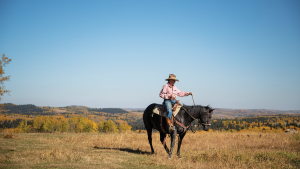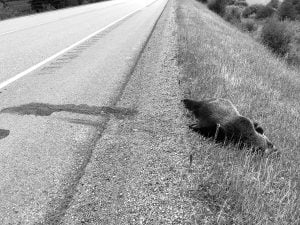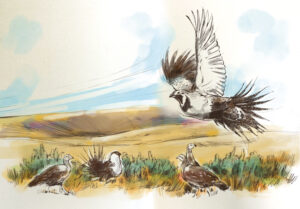
People & Culture
The cowboy exclaims: The ballad of an ageing vaquero and his troubled horse, Bunny
The ultimate goal of vaquero horsemanship is to produce a “finished” horse: an exceptionally responsive animal that is a true partner to its rider
- 2524 words
- 11 minutes




